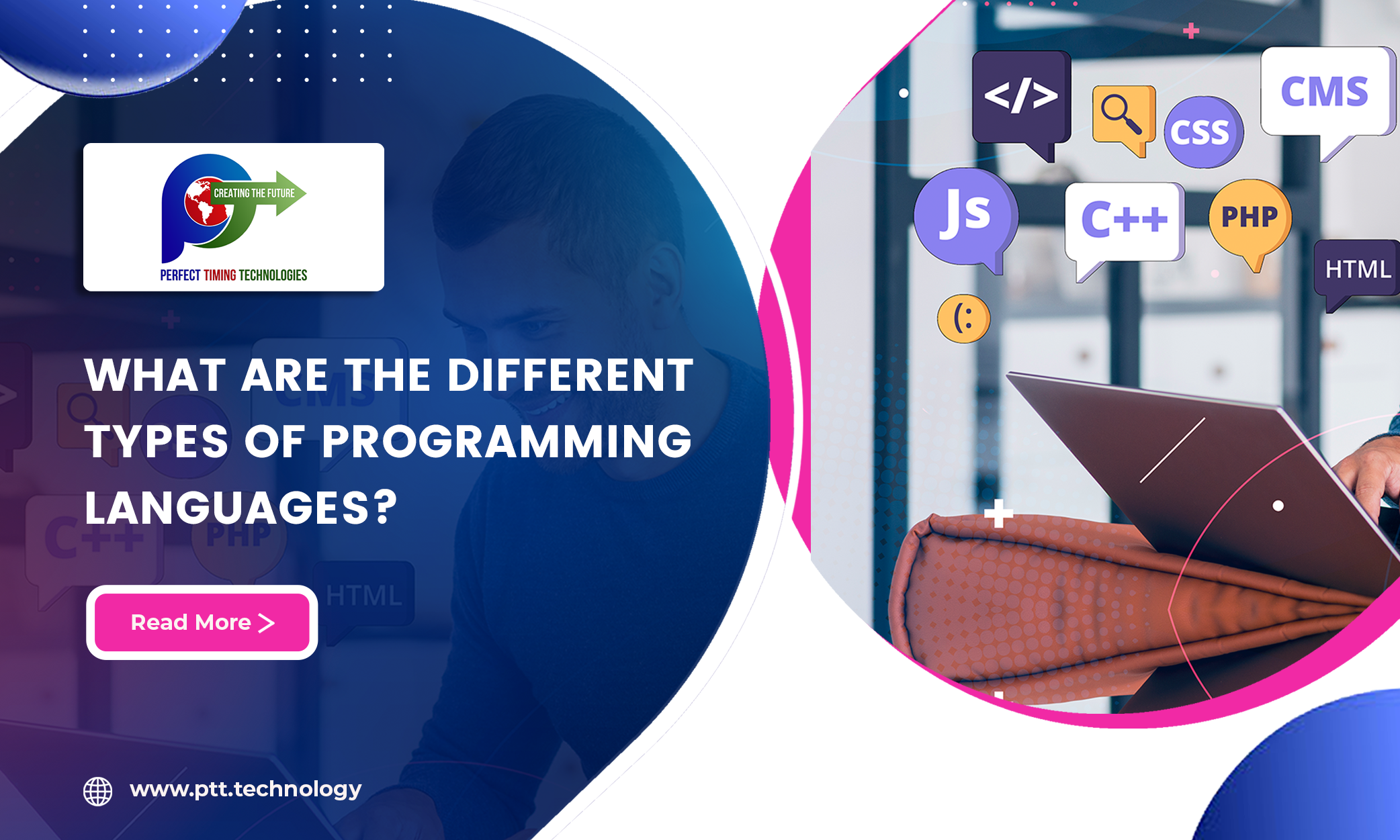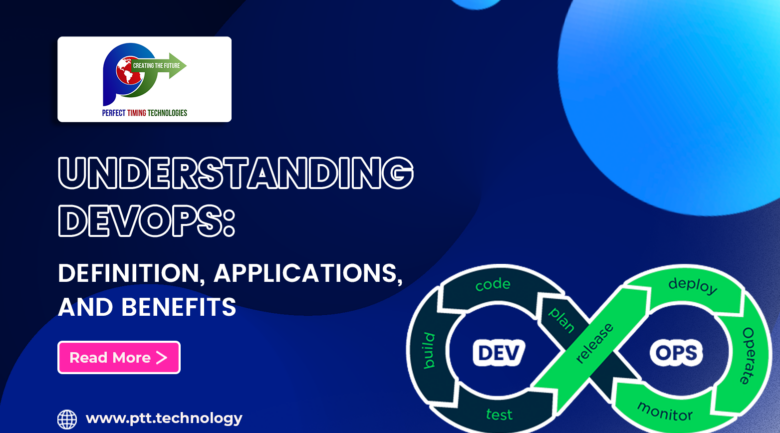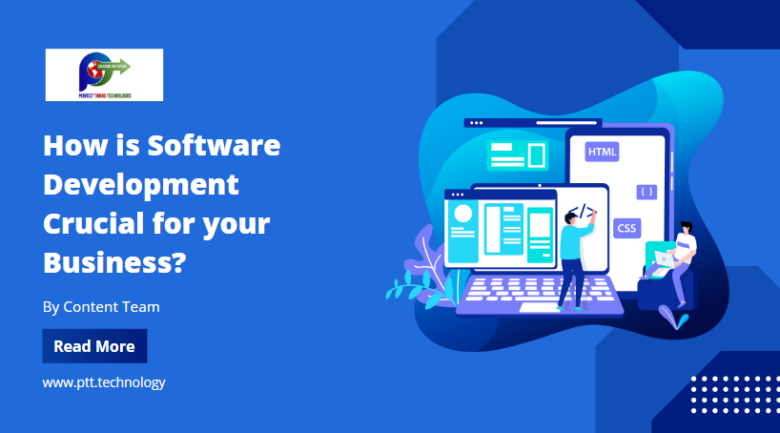
Programming languages are incredibly important in today’s digital age. They are the backbone of software development and allow developers to create numerous applications, from mobile apps to complex data analysis tools. Different programming languages have different strengths and weaknesses, making some better suited for specific tasks than others. Knowing which language to use for a business project is the key to creating efficient and effective software.
Today, we shall talk in detail about the various types of programming languages.
5 Categories of Programming Languages
There are numerous ways to classify the different types of programming languages, but we have divided them into five main categories. It’s important to note that many programming languages fall under more than one category.
- Procedural Programming Languages –
- Procedural programming languages are a type of programming language where the program’s structure is based on procedures or routines that follow sequentially.
- In this paradigm, a program gets divided into several functions or routines that are instruction sets that tell the computer what to do step by step.
- Languages like C, Fortran, and Pascal are classic procedural programming languages.
- They use procedures or functions to structure code, focusing on the sequence of steps to execute tasks.
- Functional Programming Languages –
- Functional programming languages are a type of programming language that treats computation as the evaluation of mathematical functions and avoids changing state and mutable data.
- Instead of modifying data in place, functions create new data structures. Some functions get assigned to variables, passed as arguments to other functions, and returned from other functions.
- The higher-order functions accept other functions as arguments or return functions as results that include mapping, filtering, reducing, etc.
- Next, there are pure functions that produce the same output for the same input and have no side effects. They don’t rely on the external state or modify it.
- There is a common technique in functional programming known as Recursion for iterating and performing operations by calling a function from within itself.
- Some well-known functional programming languages are Haskell, Lisp, Erlang, Clojure and Scala.
- Such programming languages are gaining popularity due to their expressive power, quick reasoning about code, and suitability for parallel and distributed computing.
- Object-oriented Programming Languages –
- Object-oriented programming languages are a type of programming language designed to represent real-world objects in the code.
- These languages are based on the concept of “objects,” which can contain data in the form of fields, also known as attributes or properties and code in the form of procedures, methods, or functions.
- These languages allow developers to create complex software systems by modularizing the code into smaller, reusable components.
- Some popular object-oriented programming languages include Java, Python, C++, Ruby, and Smalltalk.
- These languages provide features like encapsulation, inheritance, and polymorphism, which help developers write more maintainable and extensible code.
- Object-oriented programming languages are widely used due to their ability to model real-world entities effectively, promote code reusability, and facilitate the management of complex software systems.
- Scripting Languages –
- Scripting programming languages are programming languages interpreted at runtime rather than compiled.
- They are designed for automating tasks, manipulating data, or controlling software applications.
- They allow the programmer to automate tasks, create complex programs and perform various other tasks with fewer lines of code than would be necessary in a compiled language.
- Scripting languages often employ dynamic typing, allowing variables to change types as needed without explicit declarations.
- They emphasize ease of use, quick development, and flexibility, enabling rapid prototyping and development cycles.
- Some popular scripting languages include Python, JavaScript, Ruby, PHP, and Perl.
- Scripting languages are versatile and well-suited for tasks requiring quick development, automation, and handling dynamic situations. They’re often used with other languages to achieve various goals within software systems.
- Logic Programming Languages –
- Logic programming languages are a type of programming language based on mathematical logic and are particularly well-suited for problems that involve rules and relationships.
- Logic programming is declarative, meaning that programs are composed of declarations rather than imperative commands.
- The core of logic programming involves using logical inference, where the interpreter or engine deduces answers to queries based on the defined rules and facts.
- Pattern matching and unification are fundamental operations in logic programming that allow finding solutions by matching and binding variables to values based on the provided rules and facts.
- Logic programming languages often use backtracking to explore multiple paths in search of solutions. If a path leads to a dead end, the program can backtrack and explore another path.
- Some examples of popular logic programming languages include Prolog, Mercury, and Datalog.
- They are often used in artificial intelligence, expert systems, natural language processing, and several areas of database programming where rule-based reasoning is beneficial.
Conclusion
Programming languages constantly evolve, with new languages and updates to existing languages released regularly. Staying up-to-date with the latest programming languages and technologies is crucial for developers looking to remain competitive in the business industry.
Get in touch with our highly qualified and experienced programmers today to upgrade your business.







